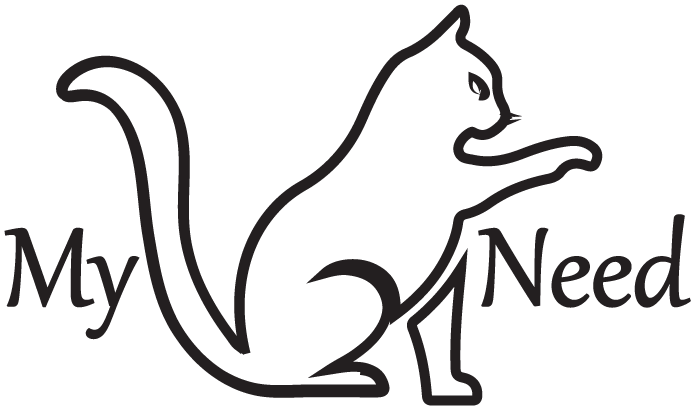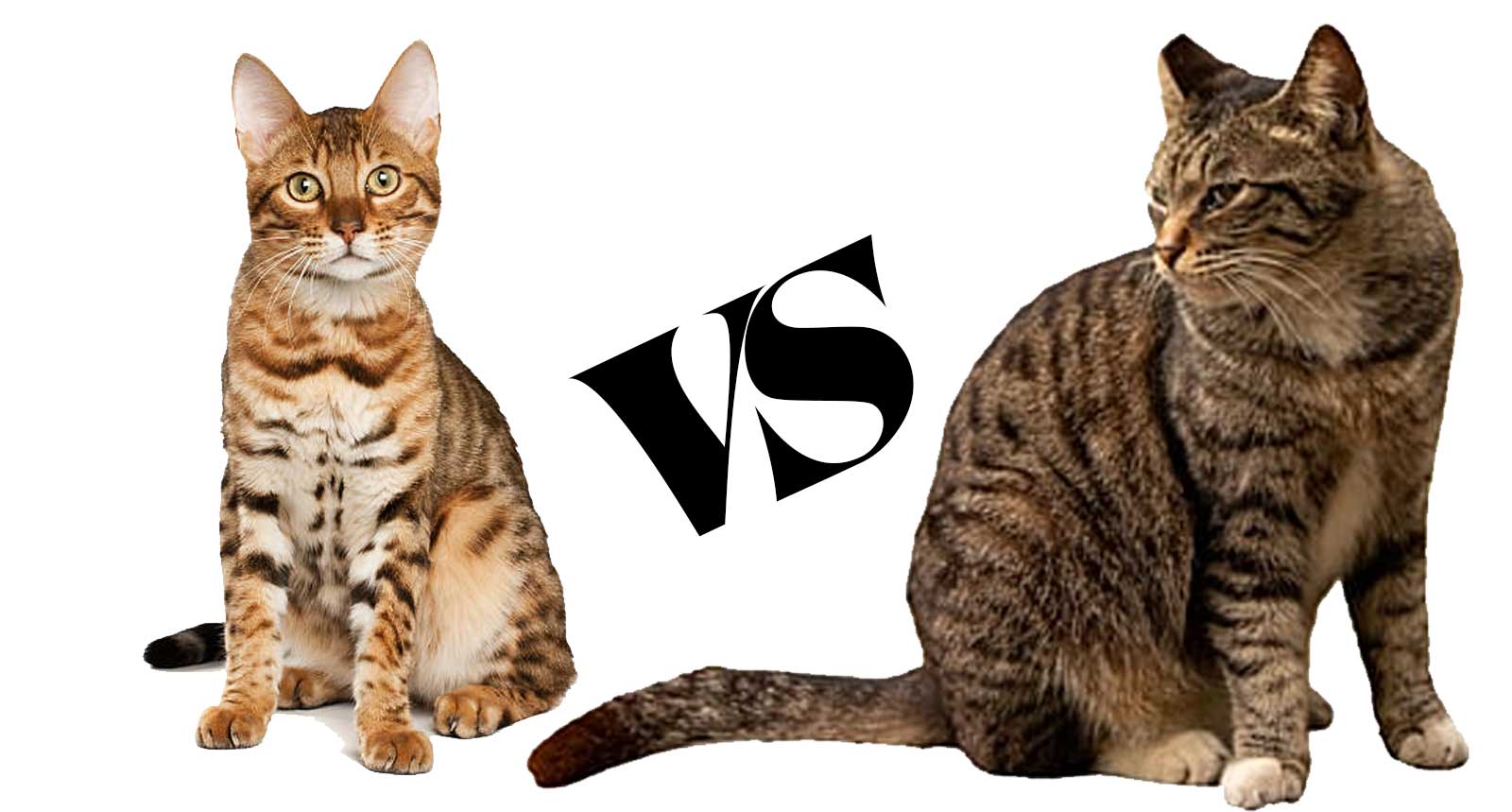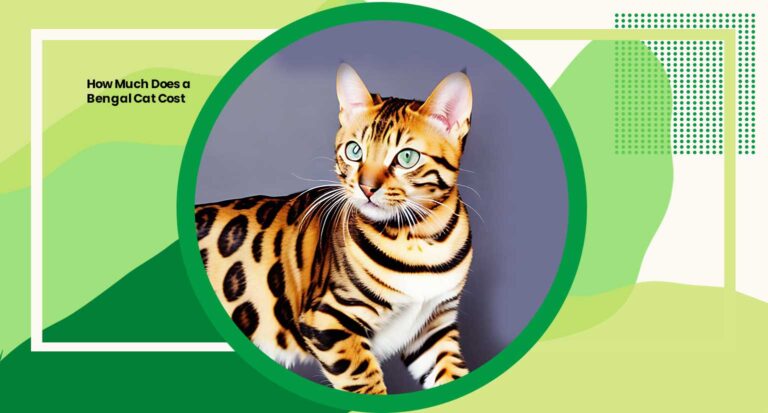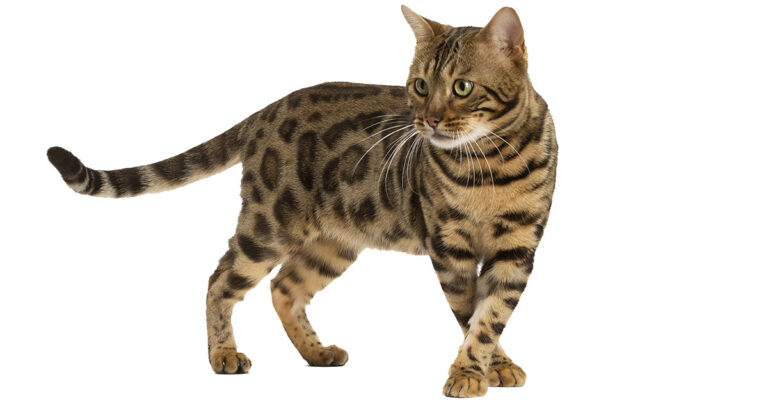Bengal Cat vs Tabby
Welcome, fellow cat lovers! Today, we’re diving into the fascinating world of feline breeds – decoding the unique charm of the Bengal Cat vs Tabby.
These two breeds are adored for their distinct personalities and stunning features, but how do they stack up against each other? Are you team Bengal with their exotic, leopard-like coats and playful demeanor? Or are you a fan of the Tabby, with their striking patterns and affectionate nature? Let’s explore together and see if we can help you find your Perfect match!
Comparing Bengal Cats and Tabby Cats
If you’re thinking about adopting a kitten, there are many options to choose from. Two of the most popular breeds for cat lovers that are often compared side-by-side are Bengals and Tabbies.
So what makes one type of cat stand out more than the other? Let’s take a look at the similarities and differences between these two breeds to help you decide which one is better for your lifestyle.
Bengals
Bengals are a unique hybrid breed of domestic cats that are developed from crossing Asian Leopard Cats with domestic cats.
They have a striking appearance, combining bold spots and stripes with an exotic coat texture. They are active, intelligent, and have a fondness for human interaction. Bengals are also quite athletic, so they need plenty of activity and enrichment to stay mentally-stimulated.
Tabby
Tabbies come in many shapes and sizes but all share the distinctive ‘M’ marking on their forehead that looks like a capital letter M.
They are known as being friendly, loyal cats with a strong bond to their owners. Tabbies are also quite intelligent and have an easy-going personality that makes them great companions for both adults and children.
Similarities
Both Bengals and Tabbies share some key traits that make them great pets. They both enjoy human interaction, have high intelligence levels, and thrive in an environment with plenty of activity and enrichment. They also have similar grooming needs, with both having medium-length coats that require regular brushing to keep them looking their best.
Differences
The main difference between the two breeds is their activity levels. Bengals are much more energetic than Tabbies and need a lot of exercise and stimulation to stay active and healthy.
They also have a higher prey drive due to their wild ancestry, meaning that they may be more prone to chasing small animals and other cats.
Tabbies are less active than Bengals and typically prefer lounging around on the couch rather than playing and running around.
They do need some exercise but not as much as a Bengal would need. Tabbies also don’t have as strong of a prey drive, so they are less likely to chase small animals or other cats.
Diet & Health
Both Bengals and Tabbies need a high-quality diet to stay healthy and active. The best way to ensure that your cat is getting all the nutrients it needs is by feeding them a balanced mix of high-quality wet and dry food. Both cats should also have access to fresh, clean water at all times.
Both breeds are generally healthy, but Bengals may be more prone to certain health issues such as hip dysplasia or progressive retinal atrophy due to their wild ancestry.
It’s important to keep an eye on your Bengal for any signs of illness and to take them to the vet for regular checkups.
What are the historical backgrounds of Bengal cats and tabby cats?
The history of the Bengal cat is fascinating and recent. Established as a breed in the 1980s, the Bengal cat is a hybrid between a domestic cat and an Asian Leopard Cat, a small wild cat native to Southeast Asia.
The goal behind this crossbreeding was to create a domestic cat with the exotic markings of a wild leopard but without the wild animal’s temper. The result was the Bengal cat, a breed famous for its beautiful spotted coat and outgoing personality.
On the other hand, Tabby cats have a much older and less specific history. They are not a breed, but rather a coat pattern that can be found in many different breeds of domestic cats.
The word “tabby” comes from the French term “tabis,” which means “a rich watered silk.” This term was later shortened to “tabby” in English.
The earliest reference to the word describes a type of striped, silk material that resembles the unique swirling patterns in a Tabby’s coat. Despite their common pattern, Tabbies can have a wide variety of physical attributes and personalities, depending on their specific breed.
Origins of Bengal
The Bengal cat breed traces its roots back to 1963, when breeder Jean Sugden Mill initiated the experimental crossing between an Asian Leopard Cat and a domestic shorthair.
The aim was to amalgamate the exotic beauty of the wild cat with the docile nature of the domestic pet cat. After years of careful breeding and selection for both looks and temperament, the modern Bengal cat was born.
These unique felines were given the name ‘Bengal’, inspired by the scientific name for the Asian Leopard Cat, ‘Prionailurus bengalensis, commonly known as the Bengal cat, is a feline species found in certain parts of Asia.
Bengals are esteemed for their striking wild appearance, characterized by their large spots, rosettes, and a light ‘mascara’ marking around the eyes, reminiscent of their wild ancestors.
Their coats come in a variety of colors, including brown, snow, silver, and even blue. Today, the Bengal cat is recognized and loved globally as a breed that brings the jungle right into the living room, yet with a personality that fits beautifully into a family environment.
Origins of Tabby
The Tabby cat is not a specific breed, but a coat pattern seen in many different breeds. The name ‘Tabby’ is believed to have originated from the Middle Eastern ‘Atabi’ silk, known for its striped pattern, similar to the mackerel markings on the Tabby cat. Over time, ‘Atabi’ became ‘Tabby’ in English.
Tabby patterns may appear in cats due to the presence of the agouti gene. Every domestic cat carries the gene for tabby patterns, so these patterns can occur in all breeds, whether purebred or mixed.
Interestingly, even the big cat species like tigers, leopards, and lions have tabby-like patterns. This suggests that the tabby pattern is deeply rooted in the feline family tree.
Tabbies are recognized by their distinct “M” shape on the forehead and the beautiful stripes on their body, giving them a wild and primal look.
The vibrant coat patterns of Tabbies can vary, with classic, mackerel, spotted, and ticked as the most common ones. Each Tabby is unique, boasting its own individual charm and personality.
Physical Characteristics
When it comes to physical characteristics, both Bengal and Tabby cats have their unique features that set them apart in the feline world.
The Bengal cat, with its large, muscular body, stands out for its wild, rosette markings that are somewhat akin to a leopard’s spots.
Another distinctive feature is their ‘mascara’ marking around the eyes, adding to their exotic appearance. Bengals typically have a coat that is either brown or black, and some can even have a blue coat.
The coat itself is incredibly soft, with large rosettes scattered across. The size of Bengal cats can vary, but they generally fall in the medium-to-large range.
Tabby cats, on the other hand, sport a variety of coat patterns, the most common being mackerel, which bears a striking resemblance to fishbone stripes. The coat colors of Tabbies can range from vibrant orange to brown, black, and even white. They are also known for their distinctive “M” shape on their forehead.
The size and weight of a Tabby can vary greatly, depending on its breed. In general, Tabbies have a robust and muscular body shape, which is often accentuated by their striped coat pattern. Each Tabby is unique, showcasing its individual charm and personality through its physical appearance.
“M” shape on the forehead of a Tabby
The “M” shape on the forehead of a Tabby is one of their most distinctive features. This marking is prominent and can be seen across all Tabby variants, regardless of their coat color or pattern.
The “M” marking is often associated with various folklore and myths. Some believe it stands for ‘Mau,’ which means ‘cat’ in Egyptian, while others see it as a sign of good fortune. However, from a scientific perspective, this unique marking is a result of the Tabby’s genetic makeup.
Yet, regardless of its origin, it adds to the Tabby’s charm and makes them visually unique among various cat breeds.
What is the typical behavior and temperament of Bengal cats?
Bengal cats boast a unique personality that sets them apart from other breeds. They are highly sociable, curious, and intelligent cats who enjoy interacting with humans and their environment.
They are also known for their athleticism, often climbing up to high places or jumping out of nowhere. This breed is quite active and loves to play games such as fetching and fishing.
Bengal Cat Behavior
Bengal cats are notorious for their playful and energetic behavior. Their wild ancestry shines through in their love for climbing, exploring, and even swimming, which is a rarity among feline friends.
Bengals are very interactive, often needing constant engagement and stimulation to keep their minds sharp. They’re known to be great problem solvers, with a knack for opening cabinets and doors.
Despite their active nature, Bengal cats are also quite affectionate and enjoy spending quality time with their humans.
However, they may not be the best fit for those looking for a quiet, lap cat, as their high levels of energy and curiosity often have them on the move, exploring their surroundings.
Tabby Cat Behavior
Tabby cats, in contrast to Bengal cats, tend to exhibit more laid-back and calm behaviors. They are often seen as the quintessential domestic cat, well-suited to a variety of home environments.
Like Bengals, Tabbies are intelligent and curious; however, they are generally less active and do not require constant stimulation or engagement.
Tabby cats are content with a slower pace of life, enjoying lounging around and receiving affection from their owners. They are known to be sociable, often getting along well with other animals and humans alike.
Tabby cats are famous for their loving and gentle nature, which makes them an excellent choice for families or individuals seeking a relaxed and friendly feline companion.
Bengal Cat Health and Lifespan
Bengal cats, in general, are quite healthy, possessing an impressive lifespan ranging from 12 to 16 years. However, they are predisposed to certain health conditions due to their genetic makeup.
One primary concern is Hypertrophic Cardiomyopathy (HCM), a common heart disease among all cats. Regular veterinary check-ups are vital to detect any potential health issues early. Despite these concerns, with proper care and attention, Bengal cats can lead a healthy and long life.
Tabby Cat Health and Lifespan
Tabby cats, on the other hand, are generally very robust and healthy, boasting a lifespan of 15 to 20 years. Although not a breed-specific condition, they may also develop Hypertrophic Cardiomyopathy (HCM).
Like all cats, Tabbies can face general health issues such as obesity, dental disease, and kidney issues, especially in their later years. Regular vet visits and a balanced diet can ensure a healthy and long life for a Tabby cat.
Bengal Cat Care and Maintenance
When it comes to maintenance, Bengal cats are fairly simple to care for. Their short, glossy coats require minimal grooming, although they usually enjoy being brushed. Regular grooming helps to remove loose hairs and maintain the coat’s shine.
Toys are essential for this active breed; interactive ones that stimulate their hunting instincts work best. Bengals are highly trainable, and they love games that challenge their mental agility.
Regular vet check-ups are crucial to monitor their health and early detection of problems. They need daily exercise, so a cat tree or outdoor enclosure can be beneficial.
Tabby Cat Care and Maintenance
Tabby cats are also low-maintenance pets when it comes to grooming. Their short coats only need to be groomed weekly to keep them clean and reduce hairballs.
Tabbies love a variety of toys, from simple balls to laser pointers, and they enjoy a good play session. They are quite trainable, especially if you start when they’re young and use positive reinforcement.
Regular visits to the vet are just as important for Tabbies as they are for any cat breed. As Tabbies are more laid-back, they don’t require as much exercise as Bengals, but they do appreciate having space to explore and lounge around.
Breed Popularity
Bengal cats have gained considerable popularity in the pet community, predominantly due to their strikingly wild appearance and energetic personality. They are a favorite among cat enthusiasts who crave a companion with an exotic flair and interactive nature.
On the other hand, Tabby cats have been around for centuries and have charmed their way into countless homes with their laid-back personality and strikingly beautiful markings. Their friendly and adaptable nature makes them a popular choice among a diverse range of households.
Each breed’s popularity largely comes down to the potential pet owner’s lifestyle and preference. If you are looking for an active, engaging, and somewhat demanding pet, the Bengal would be your best bet. If a quieter and more relaxed companion is what you desire, then a Tabby may be the better choice.
Bengal Cats vs Tabby:
When comparing the Bengal and Tabby cats, it’s crucial to understand their distinct traits, needs, and temperaments.
Bengal cats, often likened to miniature leopards, are known for their high energy levels, playful nature, and need for constant mental and physical stimulation.
They are fond of climbing and require a space that caters to their active lifestyle. Bengals also have a unique, luxurious coat that requires regular grooming.
Tabby cats, on the other hand, are cherished for their calm and friendly demeanor, making them ideal for families or those who prefer a more relaxed cat.
In terms of diet, both breeds thrive on high-quality cat food suited to their respective ages, sizes, and activity levels. Regular check-ups with a vet are essential for both breeds to address any potential health issues early.
Choosing between a Bengal and a Tabby ultimately comes down to your lifestyle and what you’re looking for in a pet.
If you’re up for the challenge of an active, high-energy cat, a Bengal could be a thrilling companion. However, if you’d prefer a pet with a more laid-back approach to life, a Tabby would be an excellent choice.
Conclusion
Both Bengal Cats and Tabbies make excellent pets due to their intelligence, friendly demeanor, and affectionate nature. While both breeds have similar needs when it comes to grooming and diet, Bengals are more active and energetic while Tabbies prefer lounging around.
Ultimately, the cat that is best for you will depend on your lifestyle and preferences. If you’re looking for a more energetic cat, then the Bengal may be a better fit. However, if you’d prefer a more laid back companion, then the Tabby might be the better choice.




